Radioactive sources for nuclear facilities
-
Zoom on ... RadSources for Nuclear FacilitiesDownload
Hundreds of radioactive sources are used in nuclear facilities to control and calibrate equipment. This brochure addresses 4 key application fields :
- Health Physics: Detection of radioactive contamination and exposure of nuclear facilities’ workers
- Radiation Monitoring Systems: Monitoring of radiation levels in ambient air and released effluents
- Laboratories: Detection and characterization of radionuclides in process or environment samples
- Waste characterization: radiological characterization of solid wastes for storage purpose
Hundreds of probes and detectors - generally Geiger Muller probes and scintillation detectors – are extensively used in Nuclear Facilities for contamination monitoring of hand-foot, whole body and tools, as well as radiologic surveys and workers' dose rate monitoring.
All these systems must be calibrated and periodically checked with adequate radioactive sources : wide sources for radiation monitors, capsules for dosimeters, linear sources for anthropomorphic phantoms.
Typical sources provided for such equipment are :
Radiation Moniors | Dosimeters | Anthropo-radiametry | |
Nuclides | α, β & γ emitters 239Pu, 241Am, 14C, 60Co, 137Cs, 90Sr | γ emitters 60Co, 137Cs | γ emitters 60Co, 133Ba, 137Cs |
Activities | From 50 Bq to 10 kBq | From 10 to 500 MBq | From 100 Bq to 2 kBq |
Geometries | Wide sources From 3 to 120 mm diameter or 100 x 100 mm and 100 x 150 mm | Capsules From 5 to 8 mm diameter and 5 to 15 height | Linear sources 5 mm diameter x 160 mm de height |
Radiation monitors
Nuclear workers are often screened or scan themselves in several locations inside radiological controlled zones, to ensure that they have not been contaminated during operations.
Mobile systems
Immediately nearby workplaces, portable polyradiameters are widely used to screen the most likely contamination locations (hands, feet, head, respiratory tract protection device, tools,…)
Fixed systems
Between workplaces and radiological uncontrolled zones, several automatic measurement devices are used to detect contamination on objects, tools or workers.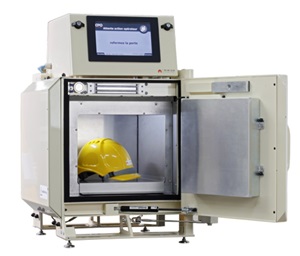
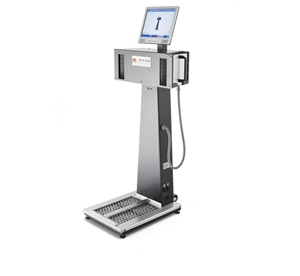
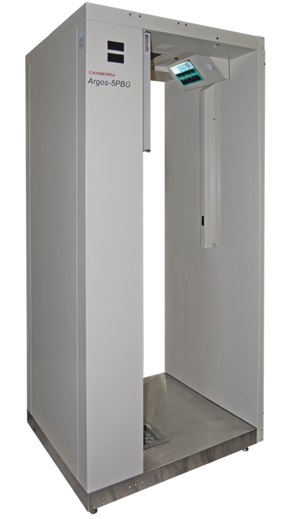
Here are the most adapted sources:
Types | Radionuclides | Activities | |
Disc | α | 239Pu, 241Am | 0.05 – 0.1 – 0.4 – 0.5 kBq |
β | 14C, 60Co, 137Cs, 90Sr | 1 – 2 - 4 – 6 – 8 kBq | |
Square | α | 241Am | 0.4 – 1kBq |
β | 60Co, 137Cs, 90Sr | 4kBq | |

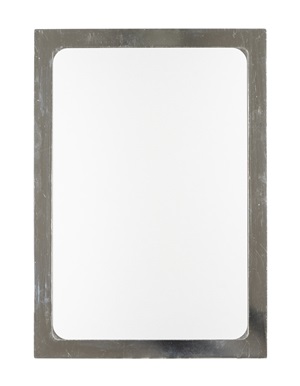
Dosimeters
Like radiation protection devices for contamination monitoring, active gamma dosimeters need to be periodically checked.
These calibrations can be performed with small gamma and neutron irradiators, powered by a radioactive capsule (typically in the range of hundreds of MBq or GBq of 60Co,137Cs,252Cf, AmBe). Probes and radiameters or radiation beacons can also be checked with such a device.
Anthropo-radiametry
BOMAB – BOttle Mannikin ABsorber – and IGOR phantoms are used to calibrate whole body counting systems. These mannikins are filled with radioactive sources in order to simulate internal contaminations.
The BOMAB phantom is composed of 10 polyethylene cylindrical or elliptical bottles, filled with a radioactive liquid.
The IGOR phantom is composed of 70 right-angled polyethylene blocs, filled with linear sealed sources. For each IGOR, LEA produces hundreds of linear sources, composed of gamma emitters – 60Co, 133Ba, 137Cs, 152Eu – alone or mixed.
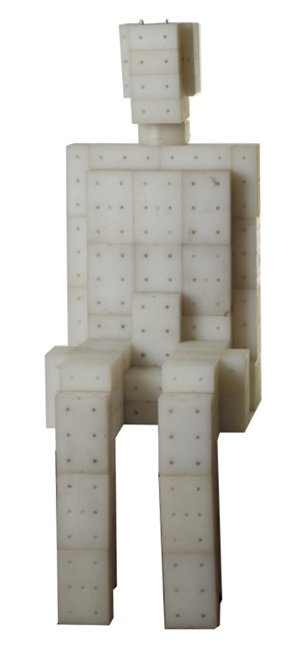
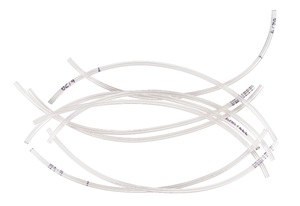
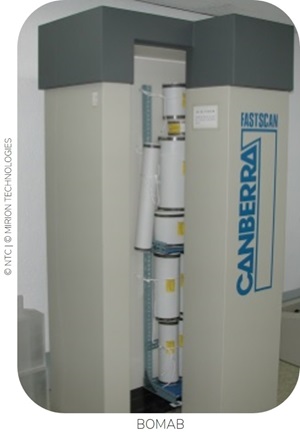

Radiation Monitoring Systems are used in nuclear facilities to measure radioactivity of liquid or gaseous effluents, and airborne or area radioactivity.
Liquid and gaseous effluents are continuously generated by operating Nuclear Power Plants (for instance the radioactivity potentially released in the environment must be controlled and monitored).
Airborne and area radioactivity are continuously monitored inside radiological controlled zones with fixed systems, to ensure that workers are not exposed to internal contamination. In addition to this collective protection, mobile systems are deployed immediately nearby workplaces.
These systems are calibrated and periodically checked with appropriated radioactive sources : needles or filters for airborne monitors, capsules, charcoals or gas containers for effluents monitors.
Equipments
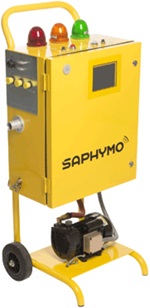
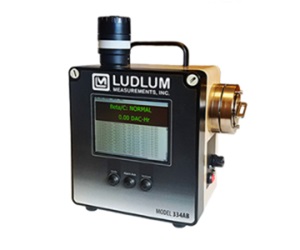
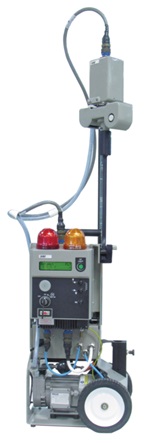
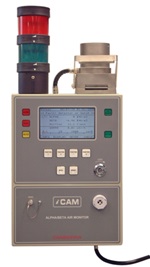
Sources

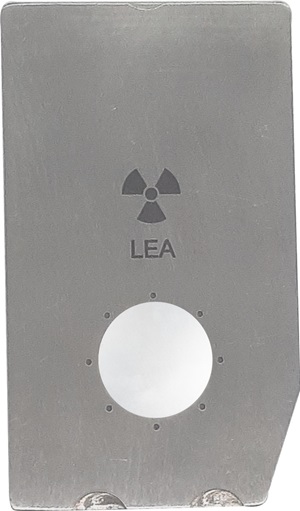
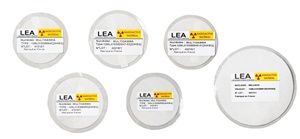
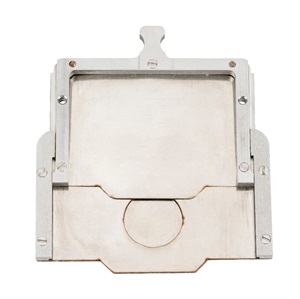
Types | Radionuclides | Activities | |
Filter | Mix of α, β, γ | 57Co, 60Co, 65Zn, 85Sr, 88Y, 109Cd, 137Cs, 139Ce, 241Am | 10 – 20- 40 kBq |
Needle | α | 239Pu | 2 kBq |
βγ | 137Cs | 2 kBq | |
Card | α | 241Am | 0.3 – 0.6 kBq |
Area monitors
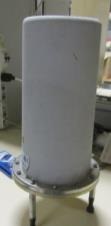
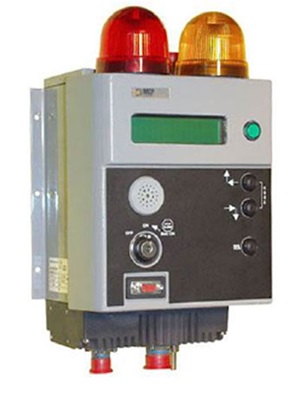
-détourée9c0478ec407f4d7facabadbe714fdec1.tmb-300.jpg?sfvrsn=717b3552_2)
Types | Radionuclides | Activities |
Capsules γ | 60Co, 137Cs, 241Am | 50 – 100 – 370 - 700 kBq |
Liquid and gaseous effluents release monitoring
Monitoring any release of liquid or gaseous effluents is crucial to protect people and the environment around nuclear facilities. Most frequently measured radionuclides around NPPs are 3H, 14C and iodines.
These measurements are performed with in-line or off-line systems which are calibrated and periodically checked with appropriate standard, sealed (capsules, charcoals) or unsealed (gas) sources.
Equipments

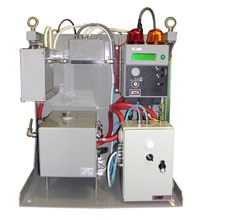
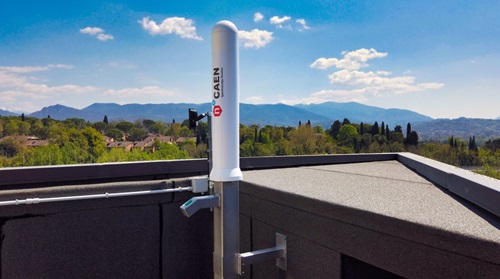
Sources
-détourée366fbc184e9842b5b10f4151b2ac97f7.tmb-500.jpg?sfvrsn=39f7fe5a_2)


8a307bee48da442fb92faf1fca4cf4ba.tmb-500.jpg?sfvrsn=6dea3f7b_2)
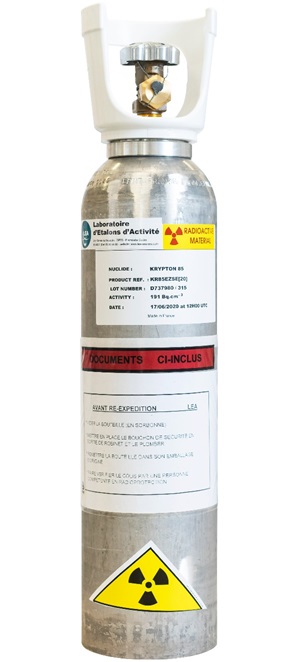
Types | Radionuclides | Activities | |
Capsules | γ | 60Co, 137Cs, 241Am | 50 – 100 – 370 - 700 kBq |
Gas | γ | 85Kr | 240 kBq – 100 MBq |
Charcoal | γ | 241Am | 4 kBq |
Mix of α, β, γ | 51Cr, 54Mn, 57Co, 60Co, 65Zn, 85Sr, 88Y, 109Cd, 113Sn, 137Cs, 139Ce, 241Am | 20 kBq total | |
A wide variety of radioactive sources is used in Radiochemistry and Environment laboratories in order to calibrate and check potential deviation of equipment, mainly on Alpha & Gamma counters and spectrometers, as well as Liquid scintillators:
- Single or mixed α, β, γ emitters • Multiple geometries and matrices (solid, liquid, resin…)
- Activities from 80 Bq to 1 GBq
Typical applications
Alpha counters used for identification and quantification of alpha emitters through gross count or spectrometry α measurements.
Liquid scintillation counters for quantification of pure beta emitters such as 3H, 14C, 90Sr in liquid samples.
Gamma ray detectors made with HPGe (High Purity Germanium) crystal for quantification of γ emitters ( 137mBa, 110mAg,…) or αγ emitters ( 239Pu, 241Am,…) or βγ emitters ( 137Cs, 60Co, 152Eu, 133Ba,…).
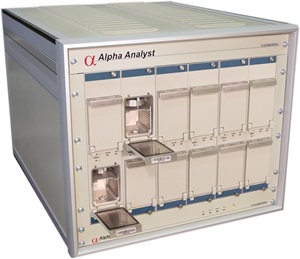
c64246a4bbcf401998a164ac4d72e70c.tmb-300.jpg?sfvrsn=198d06b1_2)
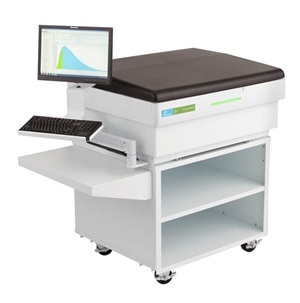
fca450a0eb73491389394335d2dfef51.tmb-300.jpg?sfvrsn=54d719e2_2)
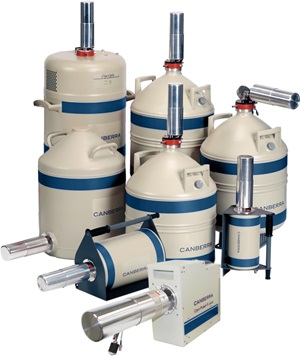
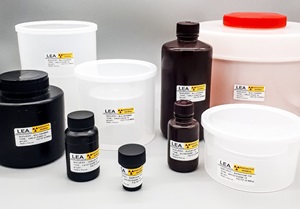
punctual α
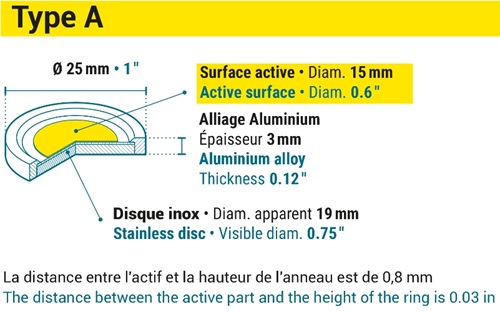
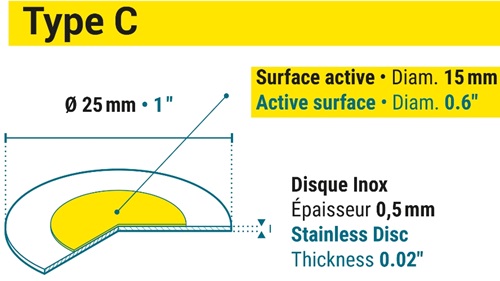
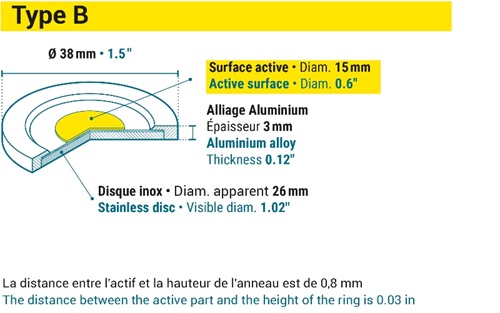
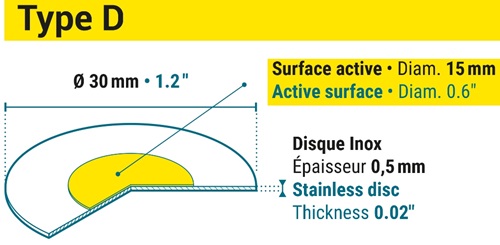
punctual β

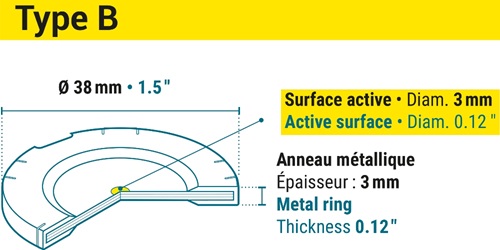
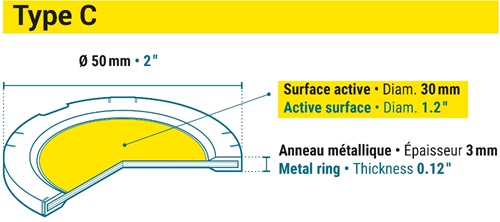
punctual γ
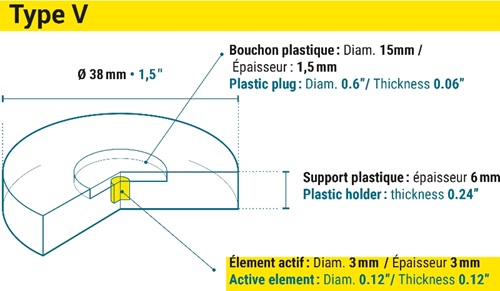
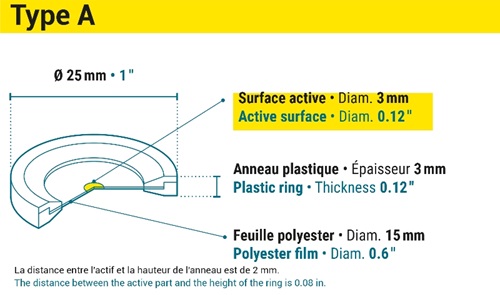
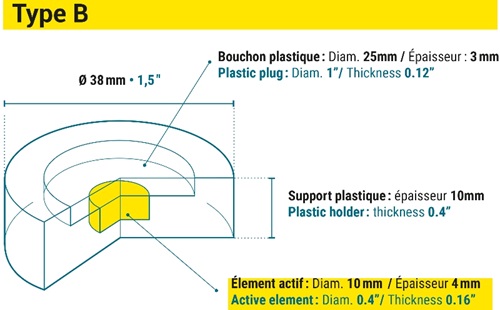
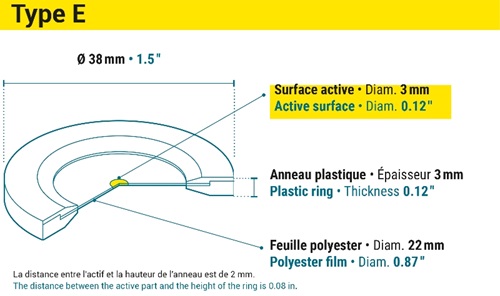
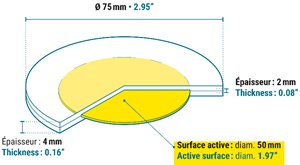
Liquids and Resins
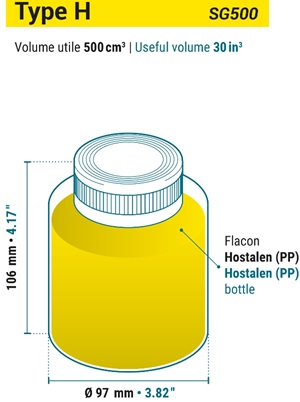
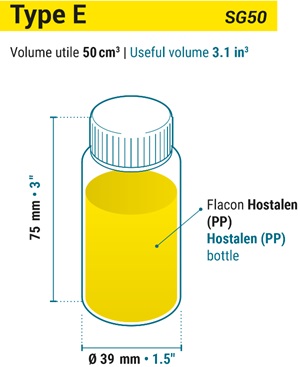
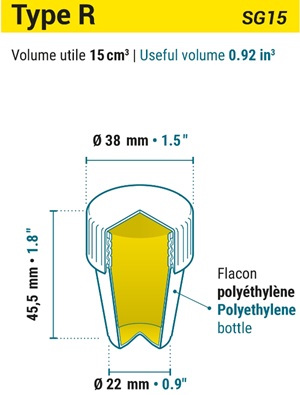
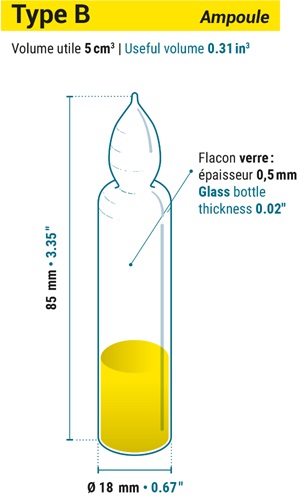
Frequently purchased sources
Types | Radionuclides | Activities | |
Ponctual | α | 238Pu, 239Pu, 241Am, 244Cm | 0.3 – 3 kBq |
β | 14C, 36Cl, 60Co, 137Cs, 147Pm, 90Sr | 0.08 – 3 kBq | |
γ | 60Co, 133Ba, 137Cs, 152Eu | 4 -40 – 80 – 400 – 3.500 kBq | |
Resin | γ | 60Co, 137Cs, 152Eu | 5 – 37 – 100 – 420 kBq |
Liquid | α | 241Am, 243Am, 244Cm | 0.8 – 4 – 200 kBq |
β | 3H, 14C, 55Fe | 200 – 400 – 4.000 kBq | |
γ | 60Co, 134Cs, 137Cs, 152Eu | 20 – 200 – 4.000 kBq | |
Before leaving nuclear facilities for storage or disposal, nuclear wastes are characterized with several Non Destructive Assay (NDA) systems. One purpose of these NDA technics is to sort out waste according to AIEA thresholds : HLW (High Level Waste), ILW (Intermediate Level Waste), LLW ( Low Level Waste) and VLLW (Very Low Level Waste).
Most of the NDA systems are composed of gamma ray spectrometers and passive neutron systems. NDA systems are often linked to a modeling software to calculate the efficiency curve of the drum to be assayed but radioactive sources are still required for calibration and periodical checks of detectors’ efficiencies.
The most common radioactive sources (tens kBq to several MBq) are as follows:
- γ emitters (152Eu, 133Ba, 60Co, 137Cs, 241Am, …)
- Neutron emitters (252Cf, AmBe)
Typical nda systems
Equipments
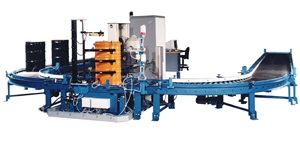
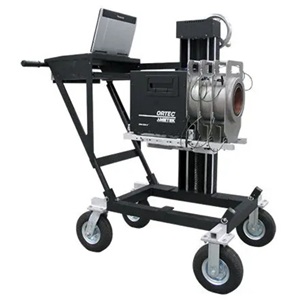
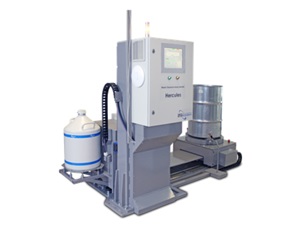
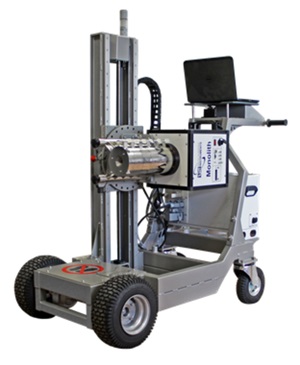
Sources
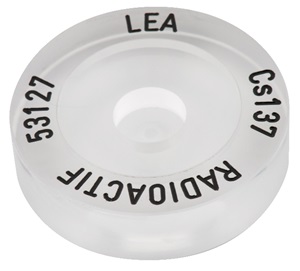

Types | Radionuclides | Activities |
Punctual sources | 60Co, 133Ba, 137Cs, 152Eu, 241Am | 40 – 400 – 700 – 3.500 kBq |
Based on neutron detectors
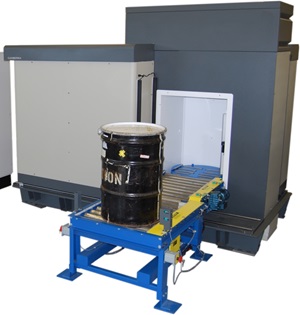
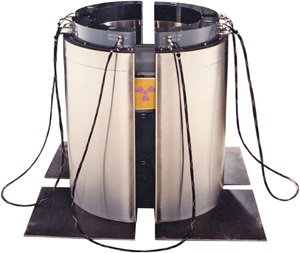
-détourée5855bc727fea4772a89da8e9d8d0abdc.tmb-300.jpg?sfvrsn=8fbffbdc_2)
Types | Radionuclides | Activities |
Capsule | 252Cf | 70 – 370 – 700 – 1.800 kBq |
